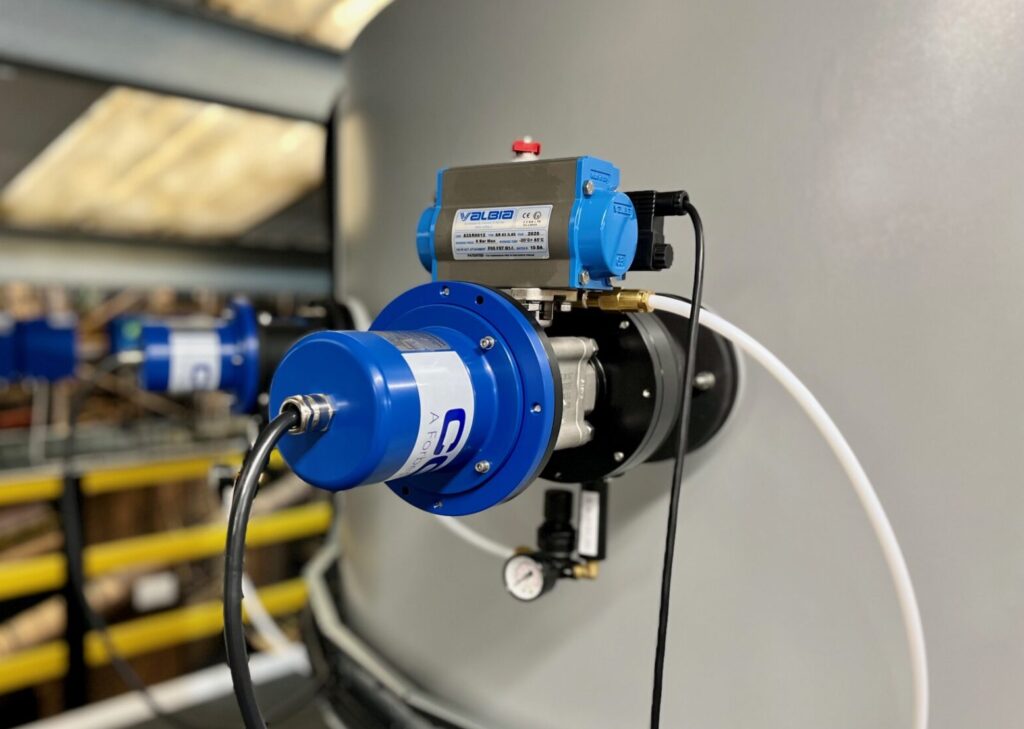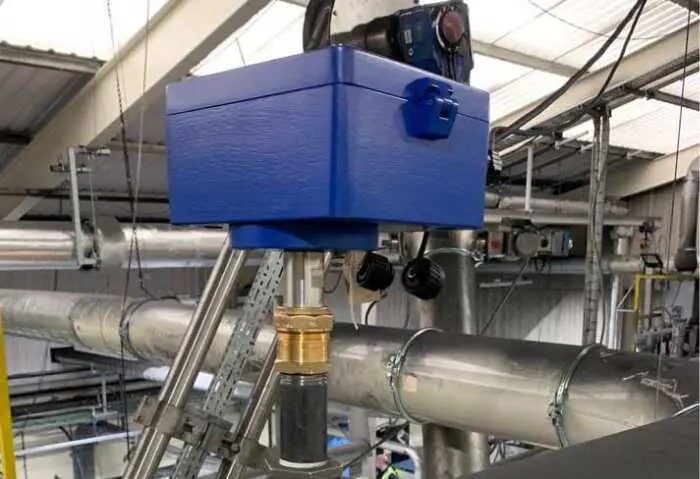 Add My Company
Add My Company
Sign In
Optical or Triboelectric Dust Monitor
14-01-2024

Enquire Now
More News
List your company on FindTheNeedle.



